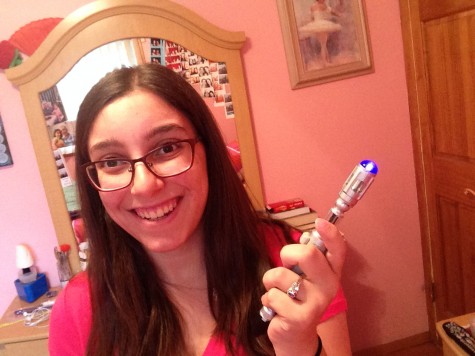My Publishing Journey Begins Here
It’s not every day that someone aims to be a highly proclaimed author during the course of their high school career. A writer’s drive usually stems from vivid imaginations or emphatic opinions—which aren’t found in all people.
I’m striving to bring a book into the world because my mind is a motor that keeps on going, feeding wild ideas onto paper or a computer document. I’m determined to have something published during my years in high school.
To give you a good idea about what I mean: the well-known author S.E. Hinton actually wrote and published her famous book The Outsiders while she was still in high school—more specifically, during her junior year. So yes, it’s possible to actually write and publish a book in high school. And trust me when I say that it’s difficult; I’ve skimmed over just a few steps of the publishing process. If anyone else has this same goal, I’m going to bring you on board, because it’s going to take a lot of effort, time and patience. The process is loooooong. Thankfully, teachers at BHS are willing to extend a helping hand when it comes to young high school students jumping into the ring of literature.
“Getting published at the high school level helps to act as steps towards actual publication,” Ms. Whalen, an English teacher at Bethpage High School said. “…and we can help with that process by editing and helping it become more polished.”
Making the decision to write is one thing. Making the decision to bring it into the world of literature is most definitely another. Publishing has multiple steps, but the first step to getting something out into the world is to actually have your piece finished and ready to go. You have to make sure that it is spotless mostly in terms of grammatical errors. While I’m far off from actually publishing a novel, I will inform you that even just the process of writing an idea, establishing characters and flushing out a plot is genuinely the hardest part.
Given that you have to be consistent in your writing—trust me, readers can smell plot holes like bloodhounds can trace a scent trail—you have to be extremely careful in whom you introduce, when you introduce them, and how you go about introducing them. Usually, this can be facilitated by having other people to read your work once you’ve finished putting it together. Because once it’s written and all of your ideas are out on a document or page, it becomes easier to edit, add and remove things from the text. Plus, the better the story or written work looks and sounds, the better the chances of getting the okay from publishers.
“The first novel I wrote went to about 20 ‘beta readers,’ and that was for the first draft alone,” said Mr. Malossi. “A few were fellow teachers at BHS. I found out from them what worked and what didn’t, and writers NEED to do that because they’re too close to see it.”

A lover of all things entertainment and a senior this year, this is Steph’s first year reporting for The Eagle’s Cry. Very much in the background of...






